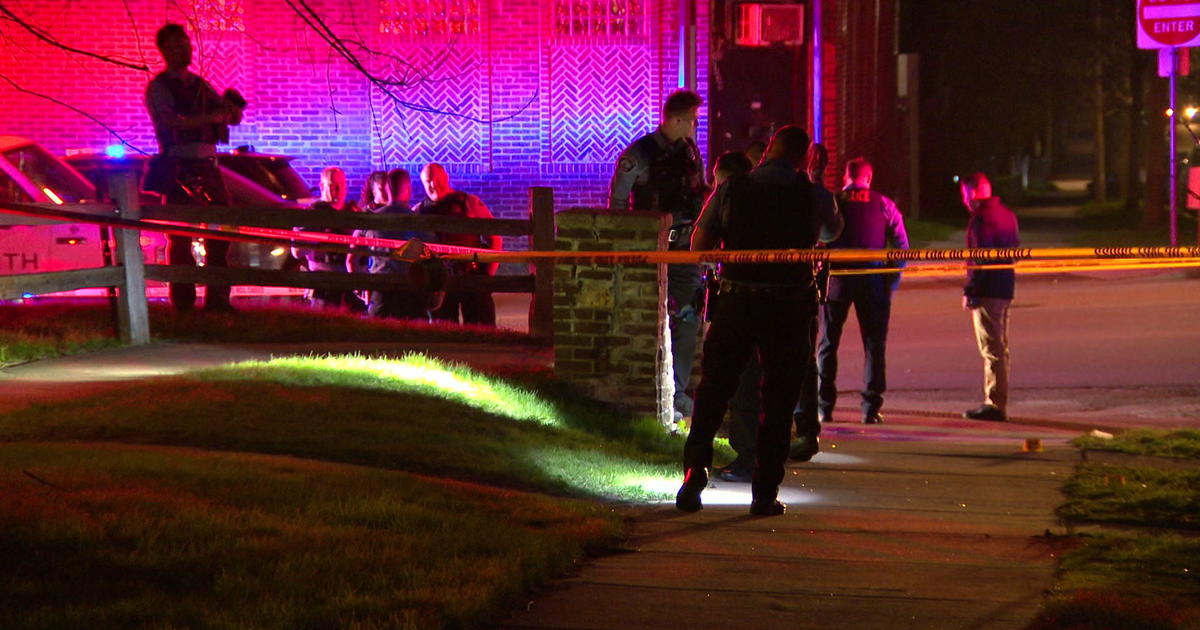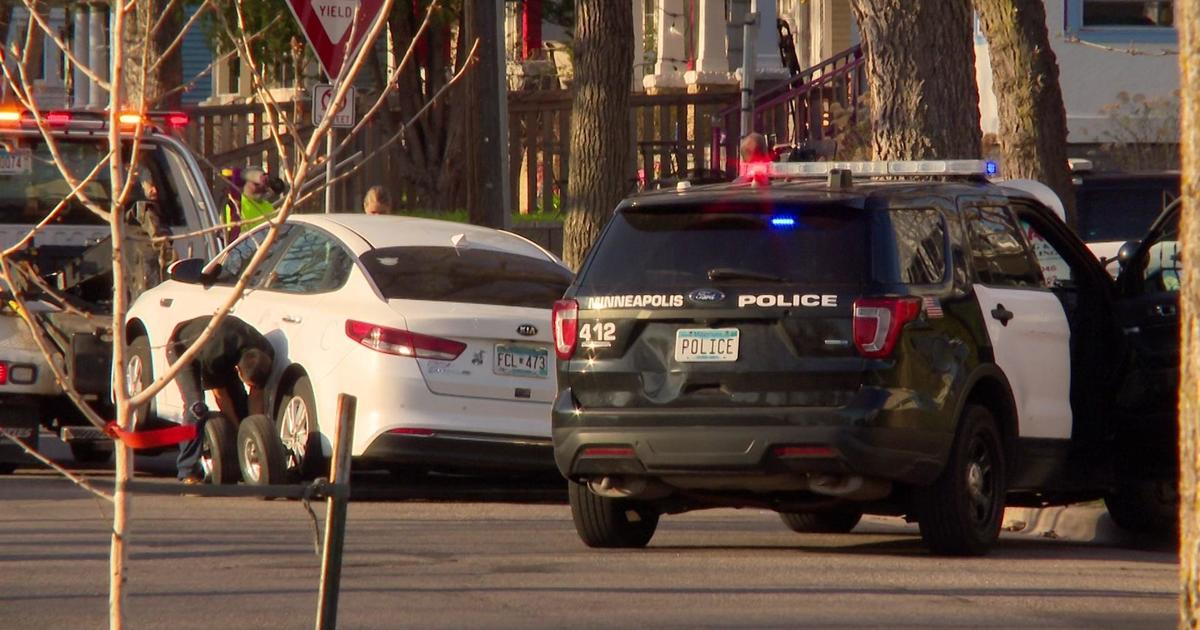Jamar Clark Shooting: 4 Things To Know
MINNEAPOLIS (AP) — The fatal shooting of an unarmed black man by a Minneapolis police officer has prompted unrest in the city as the community demands answers, while authorities say they can't provide additional details because of the ongoing investigation.
Jamar Clark, 24, was shot in the head Sunday during a struggle with two police officers. Police said Clark was a suspect in an assault and was interfering with paramedics trying to treat the victim. But some who say they saw the shooting claim Clark was not struggling, and was handcuffed at the time.
Here's a look at the questions that remain and events surrounding Clark's shooting:
WHAT HAPPENED THAT NIGHT
Authorities aren't saying exactly what happened shortly after midnight Sunday, but they say their initial investigation shows Clark was a suspect in an assault and was disrupting paramedics who were trying to help the victim. Police say they struggled with Clark, and he was shot.
People who claim they saw the shooting say Clark was handcuffed and wasn't struggling. The state agency that's investigating the shooting, the Bureau of Criminal Apprehension, said it's investigating whether Clark was restrained. They say handcuffs were at the scene but it isn't clear whether they were on Clark or had just fallen at the scene.
VIDEO OF THE SHOOTING
Protesters who have camped out at the area police station are demanding that police release video of the shooting.
The BCA says investigators have video from several sources, including an ambulance, a mobile police camera stationed in the area, public housing cameras and citizens' cellphones. But BCA Superintendent Drew Evans said none of the videos captured the entire incident and none will be released while the investigation is ongoing to avoid possibly tainting it.
The police officers, Mark Ringgenberg and Dustin Schwarze, were not wearing body cameras, and Evans said there is no video from police squad cars. Authorities are still asking anyone with video to provide it to investigators.
COMMUNITY OUTCRY
Community members have been protesting since Sunday's shooting, with hundreds taking to the interstate on Monday night — prompting 42 arrests — and a small group camped out at the local police precinct. Tensions escalated Wednesday night as a crowd outside the precinct grew. At one point police used a chemical irritant to control the crowd. Police said a chemical spray was also directed at officers. On Thursday, a Minnesota congressman, U.S. Rep. Keith Ellison, tweeted a photo of his son at the protest scene with his hands up and an officer with a gun in the background, calling it "agonizing for me to see."
Police later reported that several officers sustained minor injuries from rocks and water bottles that were thrown and said several squad cars were damaged.
CALLS FOR RESTRAINT
Leaders of the NAACP appealed to Minneapolis police on Thursday to exercise restraint in dealing with protesters. Nekima Levy-Pounds, president of the local NAACP, also asked the community to exercise restraint.
Meanwhile, the NACCP was organizing a candlelight vigil and march for Friday evening. Stephen Green, national director of the NAACP's youth and college division, plans to attend.
(© Copyright 2015 The Associated Press. All Rights Reserved. This material may not be published, broadcast, rewritten or redistributed.)



